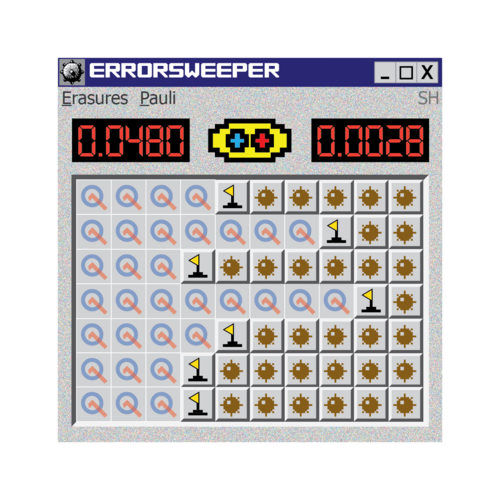Researchers at Yale University have demonstrated error detection of a novel superconducting qubit, encoded in a single photon shared between two cavities. They are able to detect when the photon is lost, which is the dominant source of error in the system, without disturbing the quantum state of the photon. This built-in error detection promises to reduce the number of physical qubits necessary to realize fault-tolerant quantum computation.
In traditional qubits, errors caused by noise in the hardware cannot be detected. Quantum error correction aims to correct these errors in the aggregate by encoding information redundantly across many such qubits. When errors on individual qubits can be detected, correcting them becomes much easier in the aggregate, requiring fewer physical components.
Yale’s qubit has the additional benefit that the two cavities are realized in a single compact structure, further reducing the overhead requirements for full-scale quantum error correction.
This research was conducted by Akshay Koottandavida, Ioannis Tsioutsios, Aikaterini Kargioti, Cassady R. Smith, Vidul R. Joshi, Wei Dai, James D. Teoh, Jacob C. Curtis, Luigi Frunzio, Robert J. Schoelkopf, and Michel H. Devoret
